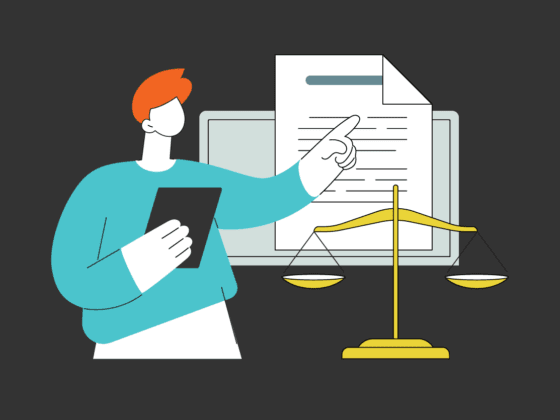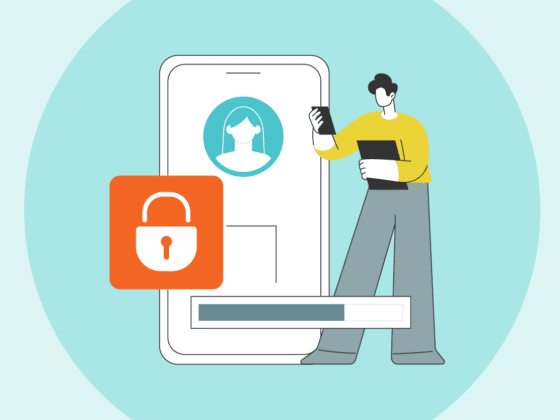 Mindfulness is a popular term coming out of psychology and Buddhism. It means moment-to-moment awareness of events as they are happening. Before you roll your eyes and dismiss this as new age-y nonsense that doesn’t apply to litigation, consider that the reason litigation costs explode is often a simple lack of awareness.
Mindfulness is a popular term coming out of psychology and Buddhism. It means moment-to-moment awareness of events as they are happening. Before you roll your eyes and dismiss this as new age-y nonsense that doesn’t apply to litigation, consider that the reason litigation costs explode is often a simple lack of awareness.
Brainpower and Affordable eDiscovery
eDiscovery expert and forensic examiner Craig Ball wrote , “A lot of money gets wasted in eDiscovery over disputes that could be quickly resolved if someone simply knew more about the ESI i.e., if someone simply looked.”
The fact is that the biggest sanctions and adverse rulings for eDiscovery failures are attributed to lawyers who can’t find files, can’t identify what’s in a data collection, or are wasting time and money processing the wrong file types.
To avoid becoming one of these victims, start with these simple questions:
- Which people are going to be important to my case?
- What information can I reasonably expect to get from these people?
- What hidden data will I need to look for?
- What format should I keep the evidence?
- How will we exchange the data between the parties?
Once your team has a grasp of these issues, you have to act. Get to know your client’s IT structure, email setup and data retention policies (if there are any.) Then, use that information to:
- Draft a preservation request defining at least the minimum scope of relevant information.
- Negotiate terms for a clawback agreement in case privileged material is inadvertently produced.
- Identify metadata fields that will be important to you matter.
Go Native
One way to ensure you do not lose situational awareness is to make sure your evidence is in the right format. Obtaining native files from your client is important because the native file has all of the original information you need to authenticate or to keep track of documents.
Keep in mind review is typically conducted using images in order to be able to bates stamp and track documents, as well as redact privileged or private information. We recommend that you should request the following data:
- Individual PDF’s, named by starting bates number
- A load file containing metadata and paths to the PDF’s
- Any native files or text
Native files are especially important if there is proprietary data types in your data.
Get Inside Your Data
You always need to agree on which metadata fields are important to the case to ensure you have access to these fields. Metadata provides information about a file, such as the time and creation date, the author, and location where it came from, as well as for images the family relationship and bates numbers.
Make Sensible Demands
The cost of review accounts for 80 percent of the total cost of eDiscovery. If you can defensibly narrow the scope of review you will find the most savings.
Privilege
Almost anytime you can use technology to isolate privileged content and prudently employ a clawback agreement or Federal Rule of Evidence 502 to guard against inadvertent disclosure, you can slash the cost of privilege review.
Deduping
Most of the evidence in a collection is redundant and unnecessary. eDiscovery consultants sometimes scare clients by telling them how a terabyte of data (which is increasingly how big eDiscovery can be) would take 50,000 trees to print to paper or some other meaningless statistic.
Making Mindful Choices
Failing to eliminate unnecessary evidence means you are forcing a human reviewer to wasted time and money. Your client’s money.
“Poor e-discovery choices tend to be driven by irrational fears, and irrational fears flow from lack of familiarity with systems, tools and techniques that achieve better outcomes at lower cost,” says Ball.
But let’s go one step further. Look past the immediate questions and consider the end game- who benefits from cost savings- your firm, services providers, or clients?
The answer should be clients. With each new client, large law firms are forced to calculate a new proportionality formula and capable, intuitive, and cost-efficient service for any type of client.
In order to make this happen, here is our Rule 26F Checklist:
- Get to know your client’s IT structure, email setup and data retention policies (if there are any.)
- Draft a preservation request defining at least the minimum scope of relevant information.
- Negotiate terms for a clawback agreement in case privileged material is inadvertently produced. (Rule 502)
- Determine file formats (discussed a bit later in session)
- Agree on metadata fields
- Begin thinking about keyword search terms (but this appears later in identification stage)
The key to keeping eDiscovery affordable is managing expectations from the outset. In the past, when we’ve written about The Secret to Making Legal Services Affordable, we emphasized cost-effective technology planning. But finding efficiencies and avoiding costly mistakes in electronic discovery is a just as often a matter of analysis, planning, and thoughtful service to your clients.






